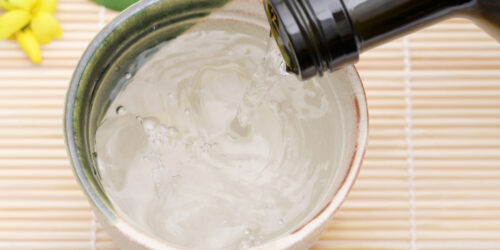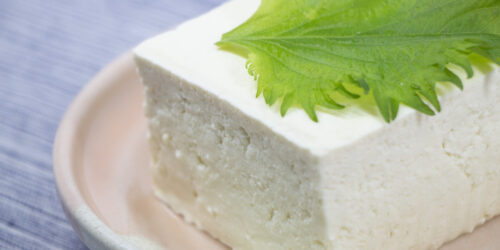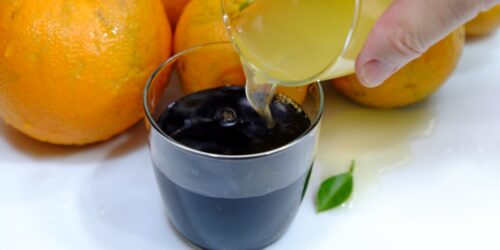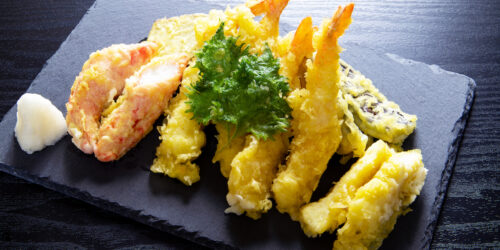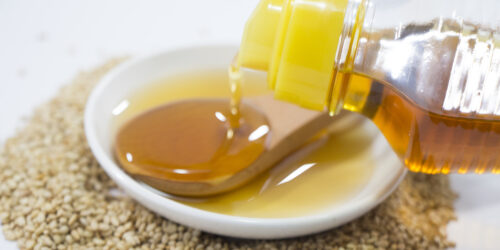What Is White Miso and How Is It Used?
What Is White Miso (白味噌 Shiro-Miso)?
White miso is a generic term for miso that is whitish or pale-yellow in color. It’s mainly produced in Western Japan where the wether is relatively warmer than Easter Japan.
There are several types of white miso, and the taste differs depending on the type.
Speaking of white miso, people who live in Kansai region (Osaka, Nara, and Kyoto) tend to think of sweet white miso which is called Kansai white miso. Saikyo miso is one of them.
People in Kanto region don’t really use sweet white miso on a daily basis, so some of them might think of salty one when it comes to white miso.
Interested in learning more about miso?
[Ultimate Guide] Different Types of Miso
What Is White Miso Made from?
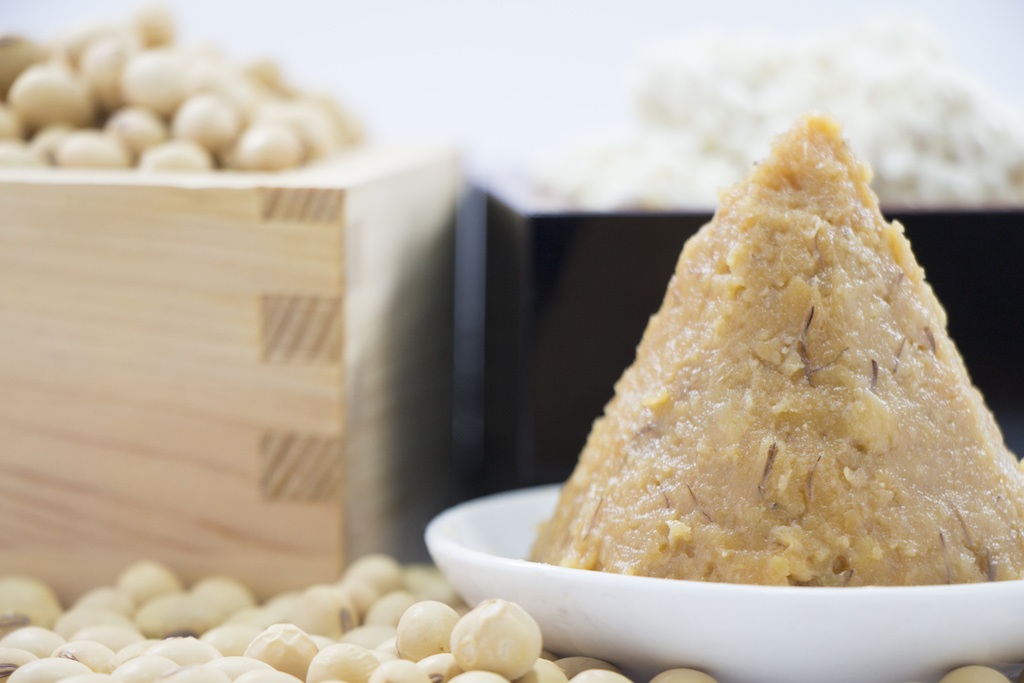
Just like the other miso, white miso is made from soybean, koji, and salt. By aging and fermenting the mixture of those 3 materials, miso is completed.
As long as miso is white (pale-yellow) in color, you can call it “white miso”. But it can be categorized in the basis of raw material, the type of koji.
・soybean + koji rice = (white) rice miso*
・soybean + barley koji = (white) barley miso
*Usually sweet white miso is made with koji rice.
By the way, there is also koji called “soybean koji”, however, miso made with soybean koji is always categorized as red miso.
Interested in learning more about koji?
What Is Koji and How Is It Used?
Why Is It White?
Although raw materials of white miso and red miso are the same, why it turns out white?
There are 2 main reasons in this.
Manufacturing Process
In order to make white miso, you need to mix koji rice or barley koji with cooked soybean and salt. So the point is that how does the soybean cooked?
Unlike red miso, soybean for white miso must be boiled.
For red miso, it needs to be steamed so that amino acid contained soybean can react with sugar and change miso color brown. (This is called Maillard reaction.)
By boiling soybean with plenty of water, amino acid (protein) contained in soybean will be melted in hot water and lost. That means this cooking process can suppress Maillard reaction.
In addition, using plenty of koji which means the amount of soybean is much less than typical red miso also suppress Maillard reaction.
Aging Period
The aging period of white miso is shorter than the one of red miso. It could be only a few days at least, and about 3 months at most.
There will be more enzyme produced by koji because white miso is usually using larger amount of koji than red miso. Those enzyme let white miso has shorter aging period.
What’s the Difference Between White Miso and Red Miso?
What Does White Miso Taste Like?
The taste of white miso is more likely to be sweeter than red miso.
Sweet white miso produced in Western Japan is especially sweet, and its salinity is about half of red miso. You might not feel saltiness from those sweet white miso at all.
However, there are exceptions. Some of white miso is still salty, and that’s almost as salty as red miso.
Anyway all of them has great koku and excellent flavor from koji in addition to the saltiness and sweetness.
Different Types of White Miso
Sweet White Miso
All of 3 types of white miso below are sweet, low sodium, and made with koji rice (it’s categorized as rice miso).
Sodium per 1 Tbsp (18g) in sweet white miso: About 354mg (calculated as 5% salinity)
Kansai White Miso
Sweet white miso produced in Kansai region. Saikyo miso is one of Kansai white miso, and produced in Kyoto prefecture according to strict standards.
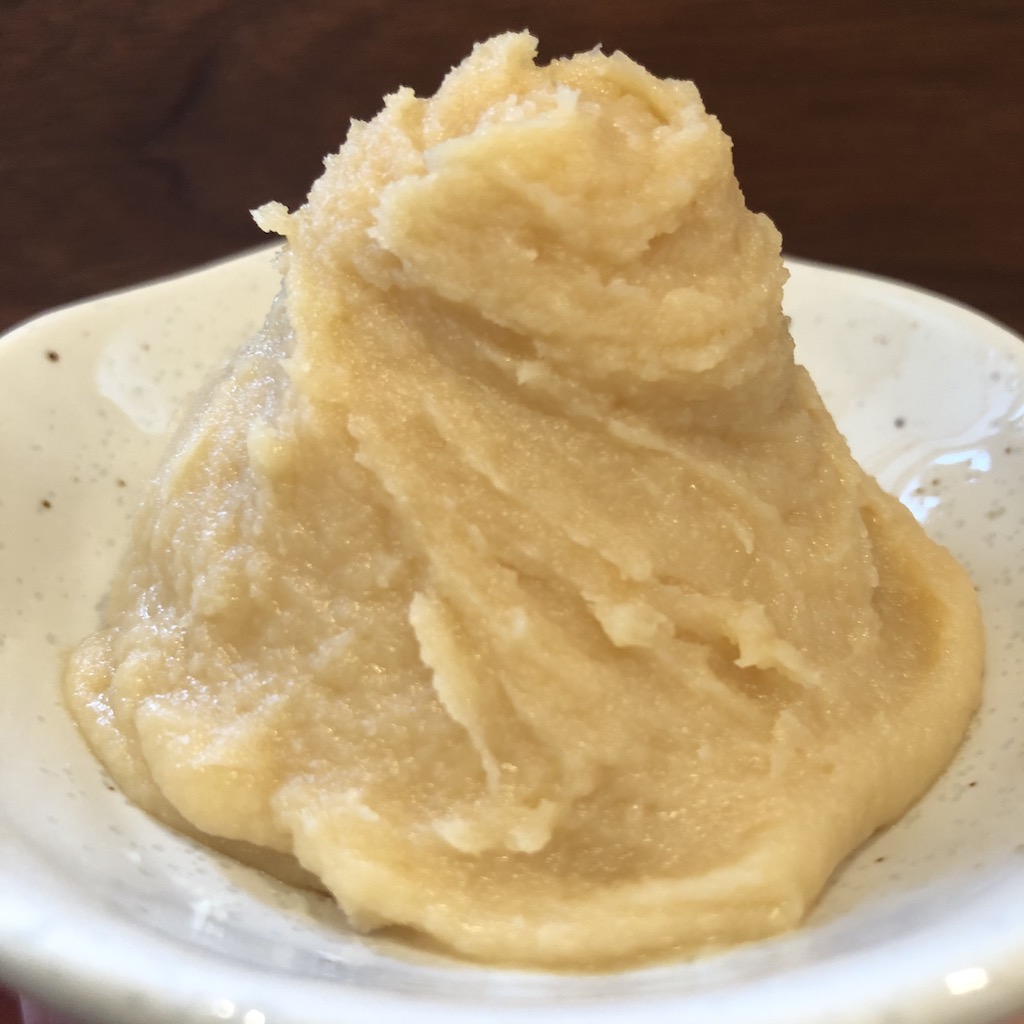 ▲Saikyo Miso
▲Saikyo Miso
What Is Saikyo Miso and How Is It Used?
Sanuki White Miso
Sweet white miso produced in Kagawa prefecture (Sanuki is old name for Kagawa).
Fuchu White Miso
Sweet white miso produced in around Fuchu area (Fuchu is the city in Hiroshima prefecture).
Salty White Miso

Shinshu Koji Miso (Shinshu White Miso)
Shinshu is old name for Nagano prefecture, and miso produced in this region is often called “Shinshu miso”.
They produce both red and white miso. Not all of them, but their white miso is tend to be saltier than white miso in Western Japan.
Just like sweet white miso, Shinshu koji miso is also using a large amount of koji, so there is mildness from koji. At the same time you can enjoy saltiness too.
What Is White Miso Used for?
The way to use white miso differ depending on region and features of each type of miso.
Sweet white miso is used for miso soup and zoni (soup with rice cake and vegetables which is New Year dish) in Western Japan that is famous for sweet white miso.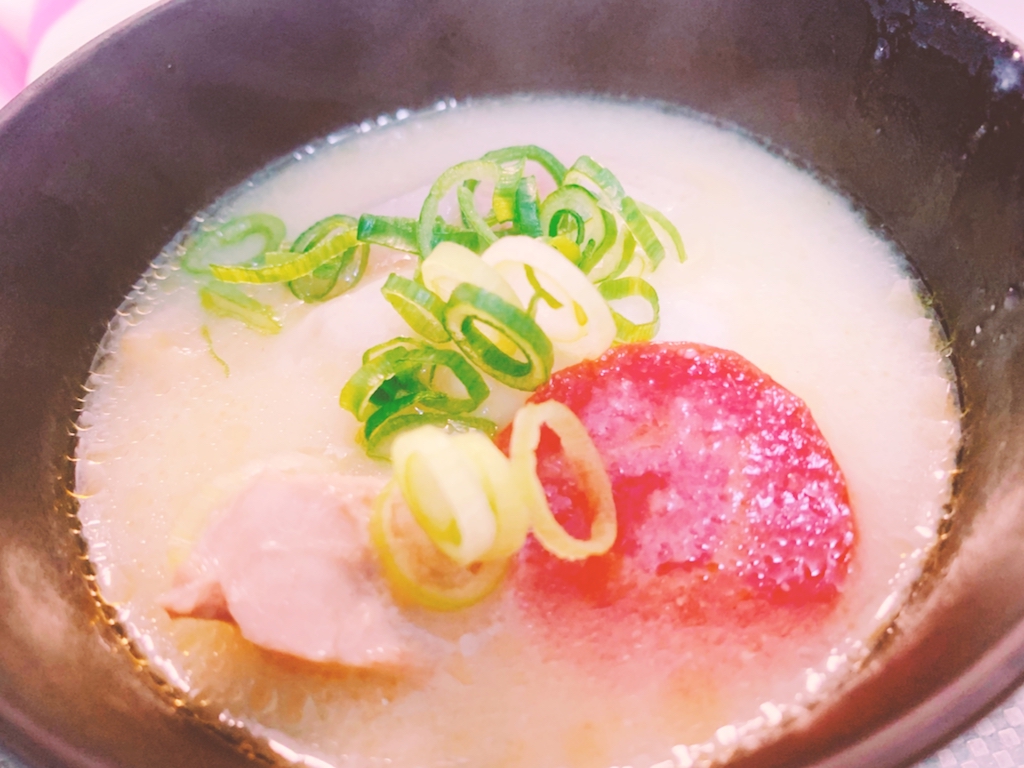 ▲Zoni
▲Zoni
Although people in Kanto region are not familiar with miso soup with sweet white miso, Saikyo yaki is very popular for them. (Please check the following recipe site.)
Also, salty white miso can be used for miso soup in Eastern Japan.
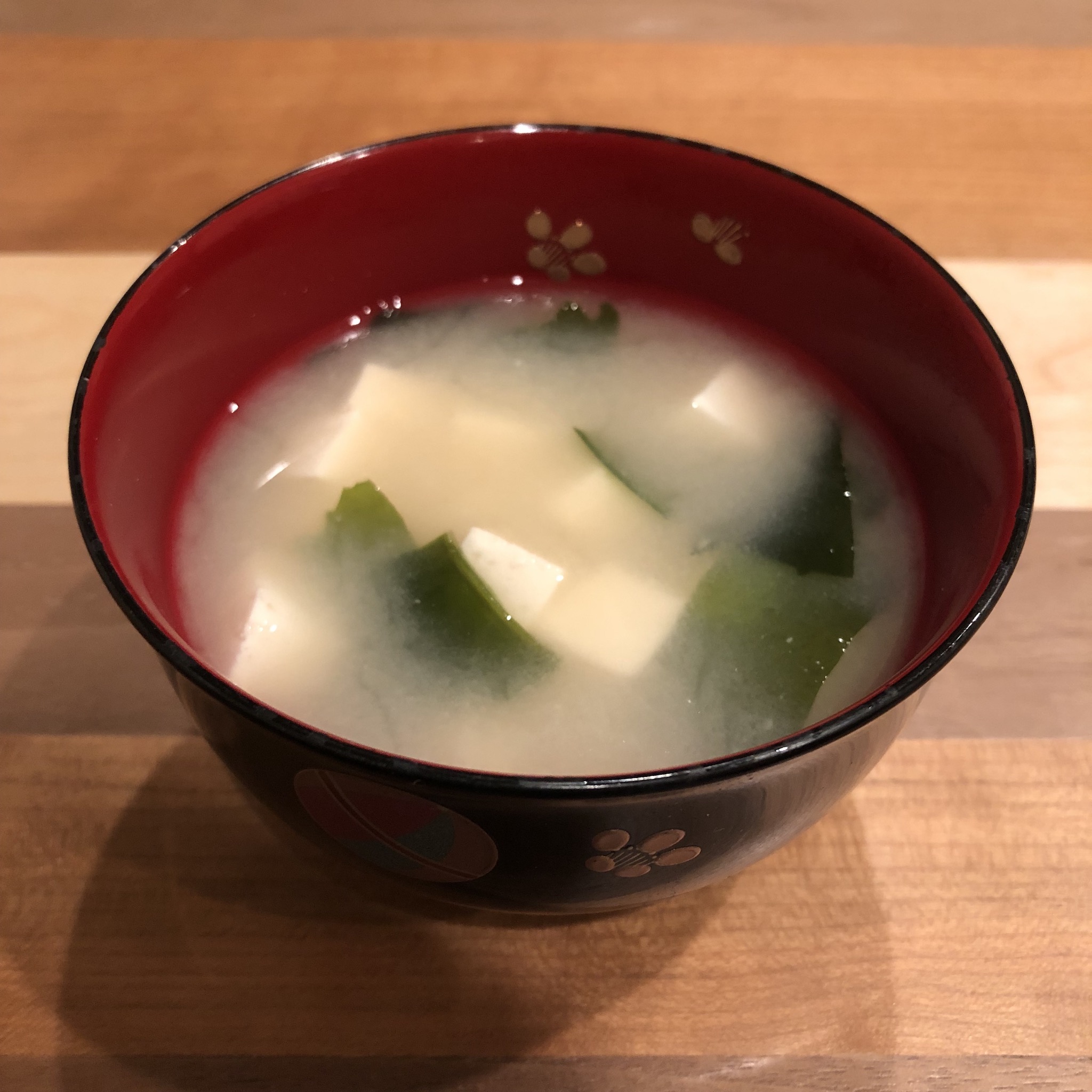 ▲Miso Soup
▲Miso Soup
Unlike red miso, white miso does’t change the color of dish brown. So it’s very useful to add into light color dishes or whitish dish as a secret ingredient. It gives richness without damaging the appearance.
What you should do is that putting a small amount of white miso, and adjust the taste using other main seasonings. In that way you don’t have to worry whether your white miso is sweet or not.
Both sweet and salty white miso can upgrade any dishes by giving koku and marvelous flavor.
Best White Miso Recipe
Saikyo Yaki (Miso Salmon)
Saikyo yaki is a grilled fish marinated with Saikyo miso sauce. You can marinate your favorite materials such as fish, meat, and even vegetables.
GET THE RECIPE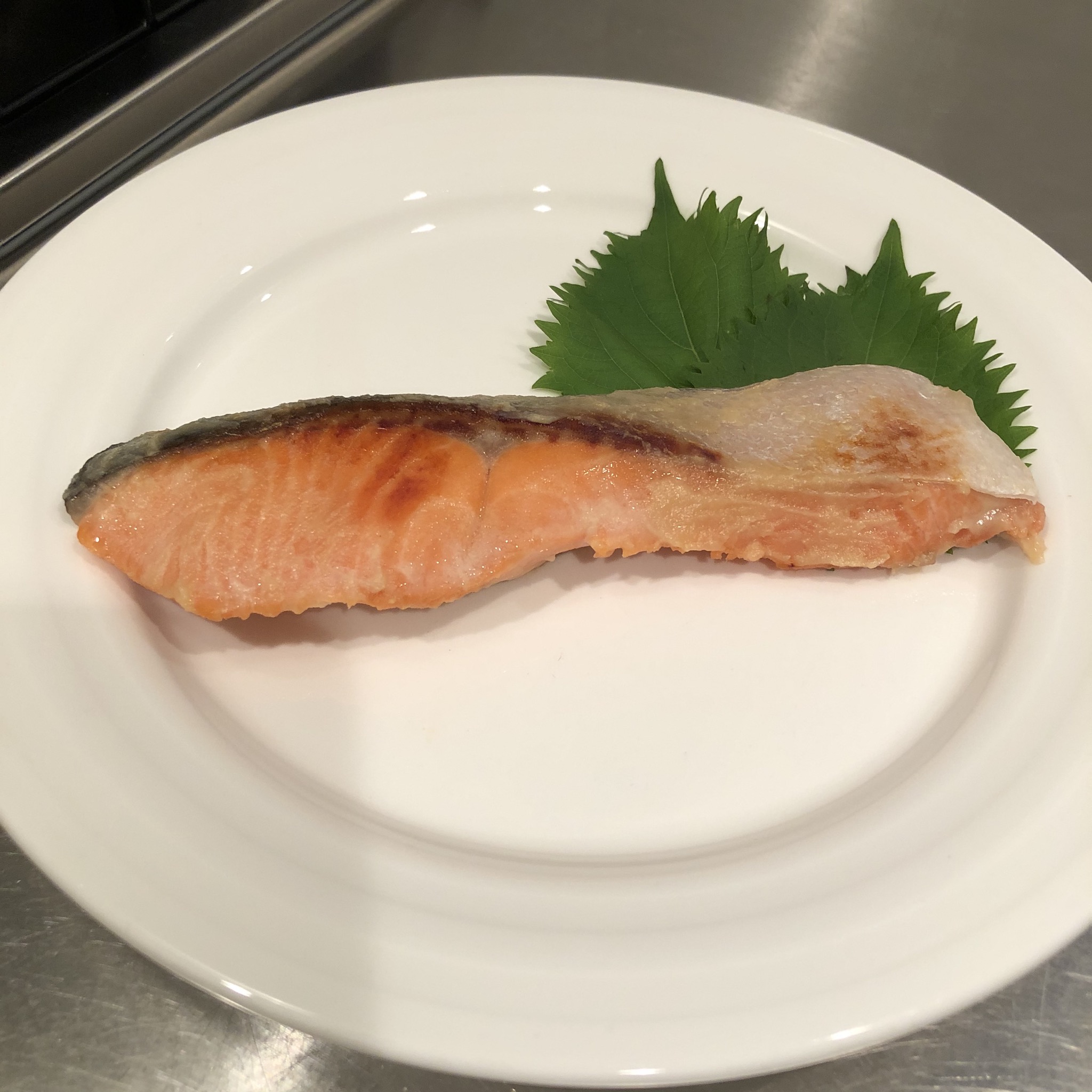
Recipes Using White Miso as Secret Ingredient
Tofu Hamburg Steak With Miso
GET THE RECIPE
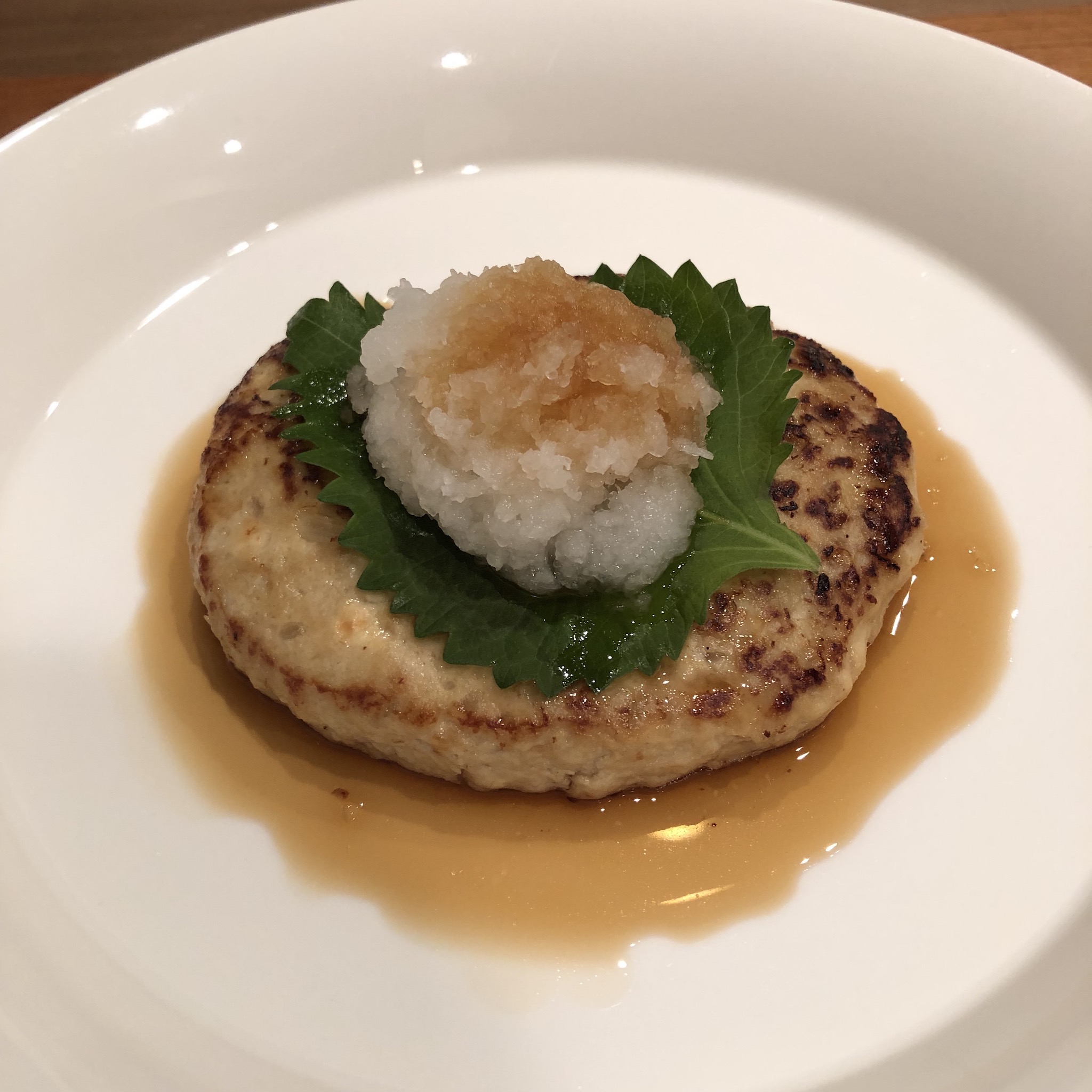
Kabocha Squash (Japanese Pumpkin) Salad
GET THE RECIPE
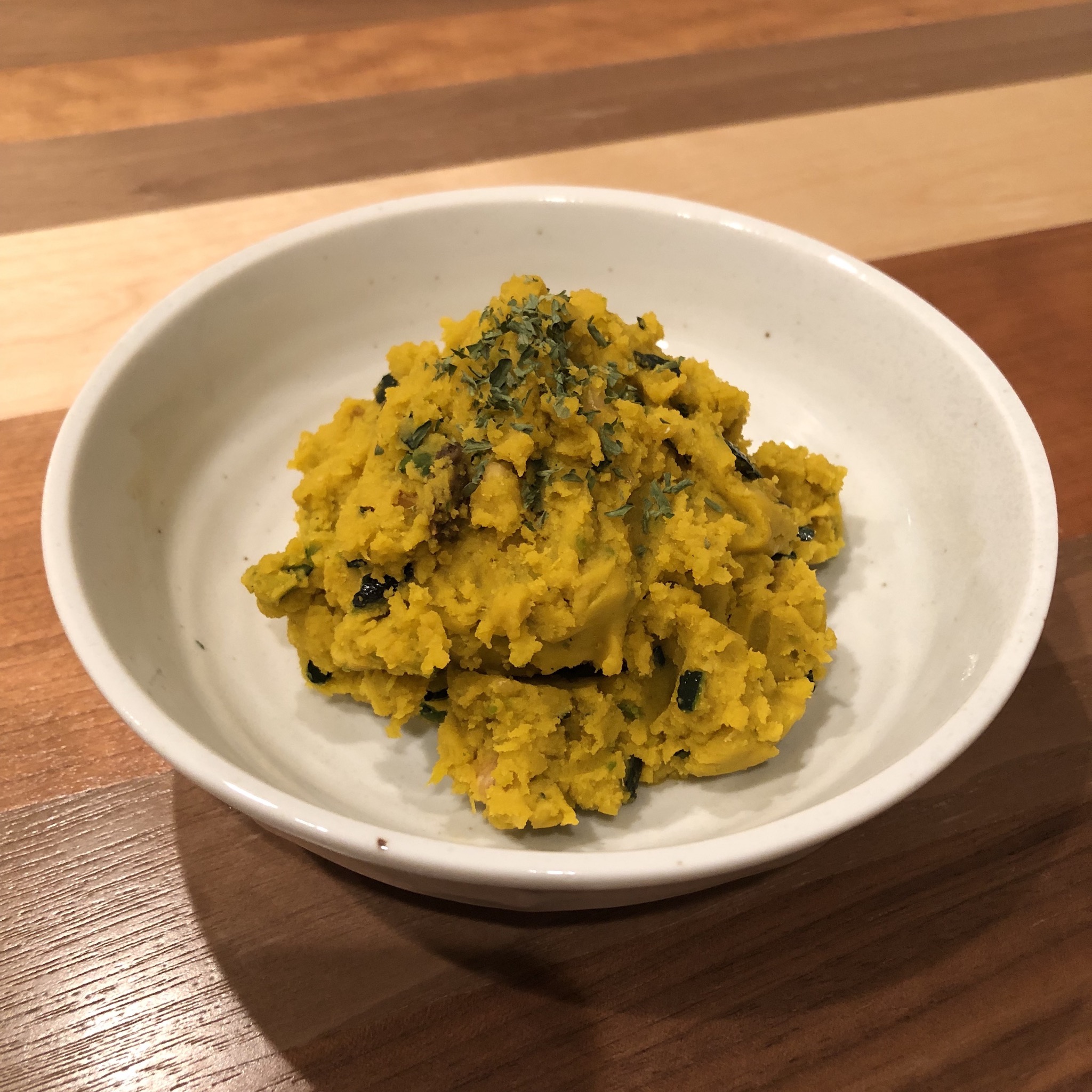
Daikon Cake (Radish Cake)
GET THE RECIPE

Nutrition and Benefits of White Miso
White miso is nutrient-dense food as well as typical red miso. Miso usually contains protein, carbohydrate, fat, vitamin B6, vitamin B12, vitamin C, vitamin D, iron, calcium, and magnesium. Other than those, white miso also contains abundant GABA and lactic acid bacteria.
GABA produced during aging process are expected to improve blood flow in the brain, and increase the metabolic function of brain cells. Also, it’s said that lactic acid bacteria improves intestinal condition, in other words, it could help constipation and cause beautiful skin effect.
What Can I Substitute for White Miso?
Can You Use Red Miso Instead of White Miso?
Interested in learning more about substitute for miso?
What Is A Good Substitute for Miso?

